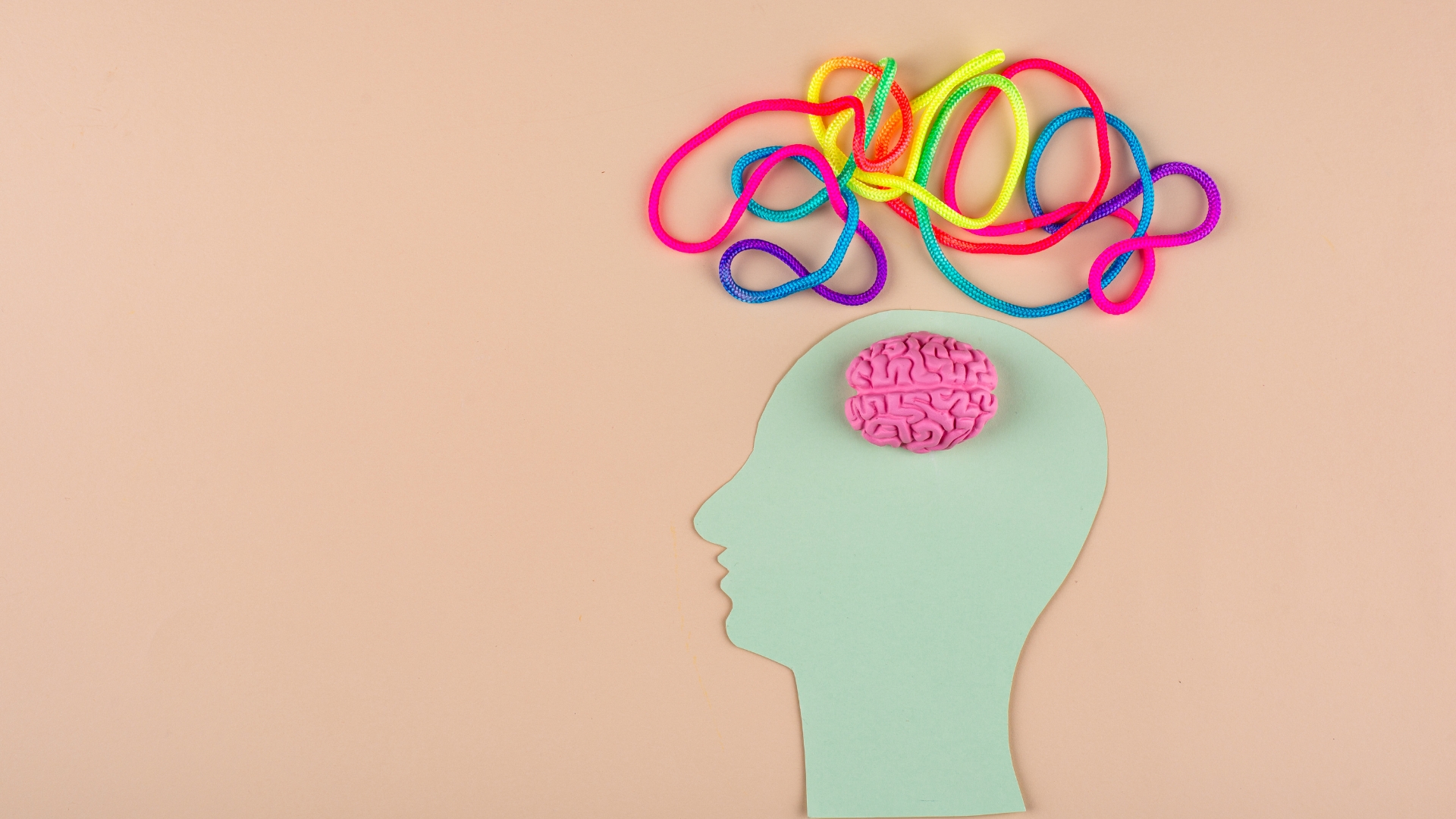Behind the Smile: The Hidden Cost of Masking in Neurodivergent Lives

She was always the “easy” one.
Quiet, polite. A teacher’s dream.
She remembered to raise her hand, didn’t fidget too much, smiled when spoken to, and tried not to make anyone uncomfortable. On the outside, she was thriving.
Inside, she was exhausted.
For many neurodivergent people, the ability to “pass” as okay comes at a cost that others never see. It’s called masking, and it often starts young and it rarely ends there.
What Is Masking?
Masking is the act of camouflaging or suppressing parts of oneself to appear more socially acceptable. In neurodivergent people, including those with autism, ADHD, or sensory processing differences, this can mean:
- forcing eye contact even when it feels overwhelming
- mimicking body language or tone to “fit in”
- hiding stimming behaviours like rocking, tapping, or humming
- pushing through sensory overload with a smile
- scripting conversations instead of responding naturally
- pretending to understand, pretending to be okay
It’s not about deception.
It’s about safety.
About trying to avoid judgment, rejection, exclusion, or even punishment.
Often, it’s done so instinctively that the person doesn’t fully realize they’re doing it.
Why People Mask
Some children begin masking early, either by learning that flapping their hands gets strange looks, or that their intense interests are “too much” for others. Others start later, perhaps in high school or adulthood, when social demands increase and they feel the pressure to keep up or fit in.
For many, the lesson is painfully clear: authenticity is risky.
So they adapt. They manage. They mask.
And for a while, it can even seem like it’s working.
The Emotional Toll Over Time
But masking isn’t the same as thriving. It’s a performance of normality that’s often accompanied by:
- deep fatigue from constantly monitoring behaviour
- anxiety about getting it “wrong”
- depression from years of not feeling truly seen
- burnout, especially in teens and adults who’ve masked for years
- loss of identity – not knowing who you are underneath the mask
Many adults who discover their neurodivergence later in life describe a profound sense of grief. Not just for the diagnosis, but for the years they spent contorting themselves to fit into a world that didn’t make space for them.
What Masking Looks Like in Adults
While some adults drop the mask in safe spaces, many continue carrying it through workplaces, social events, and even close relationships.
It can look like:
- being the high achiever who burns out quietly
- the social butterfly who avoids deep connection
- the parent who never seems to struggle (until they do)
- the helper who doesn’t know how to receive help
Adults who mask often dismiss their own needs. They may appear capable on the outside but feel isolated, anxious, or deeply misunderstood on the inside.
And because they look fine, they’re often the least likely to be offered support.
What Safe Support Looks Like
For both children and adults, the antidote to chronic masking isn’t more pressure to “function”—it’s spaces where they don’t have to.
That might look like:
- relationships where they can stim, pause, or disengage without shame
- support that’s based on inner experience, not outward appearance
- permission to say “I’m overwhelmed” without needing to explain
- people who respond to needs, not just to behaviours
When someone is given room to be fully themselves, without performance or pretence, the mask begins to loosen. And underneath it, there is often someone deeply sensitive, perceptive, and exhausted from trying so hard to be okay.
Final Thoughts
Masking helps many neurodivergent people survive in a world not built for them.
But it’s not the same as belonging.
And it’s not without cost.
If you love someone who mask, whether it’s your child, your partner, your friend, or even yourself, know this: your gentleness matters. Your slowness matters. Your willingness to see past the smile matters.
Because behind the mask is someone longing to be accepted not for how well they blend in… But for who they are when no one is watching.
Disclaimer
This blog post is for informational and reflective purposes only. It is not intended to diagnose, treat, or replace professional mental health or neurodevelopmental support. Experiences of neurodivergence and masking are deeply personal and can vary widely. If you or someone you care about is struggling, consider reaching out to a qualified therapist, psychologist, or healthcare provider familiar with neurodiversity-affirming approaches.
Further Reading
Autistica. (n.d.). Masking and mental health. https://www.autistica.org.uk/what-is-autism/masking
Hull, L., Mandy, W., & Petrides, K. V. (2017). “Putting on my best normal”: Social camouflaging in adults with autism spectrum conditions. Journal of Autism and Developmental Disorders, 47(8), 2519–2534. https://doi.org/10.1007/s10803-017-3162-5
NeuroClastic. (n.d.). Why so many autistic people burn out. https://neuroclastic.com/why-so-many-autistic-people-burn-out/
Pearson, A., & Rose, K. (2021). A conceptual analysis of autistic masking: Understanding the narrative of stigma and the illusion of choice. Autism in Adulthood, 3(1), 52–60. https://doi.org/10.1089/aut.2020.0043
Raymaker, D. M., Teo, A. R., Steckler, N. A., Lentz, B., Scharer, M., Delos Santos, A., Arnold, S. R., & Kapp, S. K. (2020). “Having all of your internal resources exhausted beyond measure and being left with no clean-up crew”: Defining autistic burnout. Autism in Adulthood, 2(2), 132–143. https://doi.org/10.1089/aut.2019.0079
